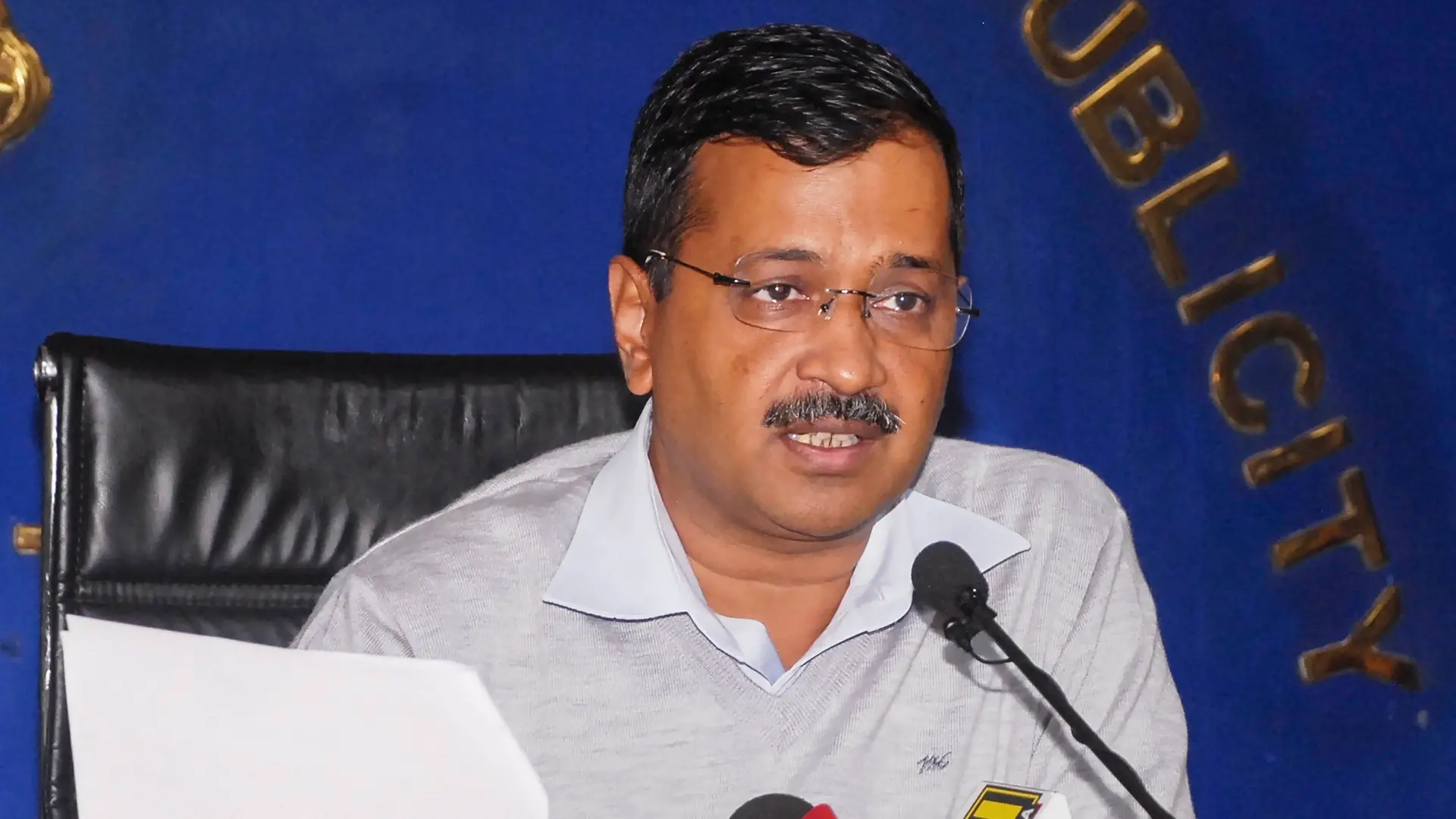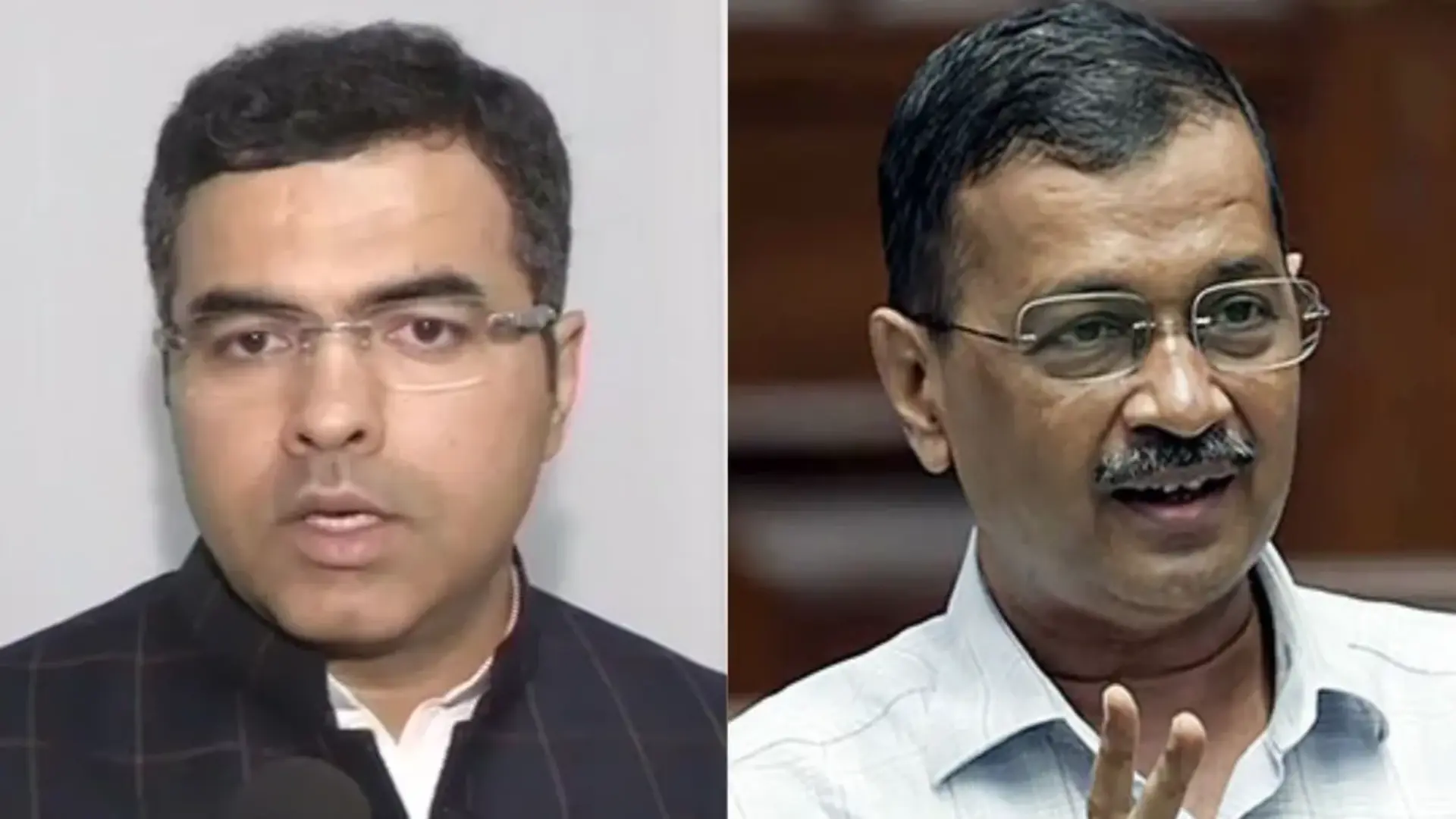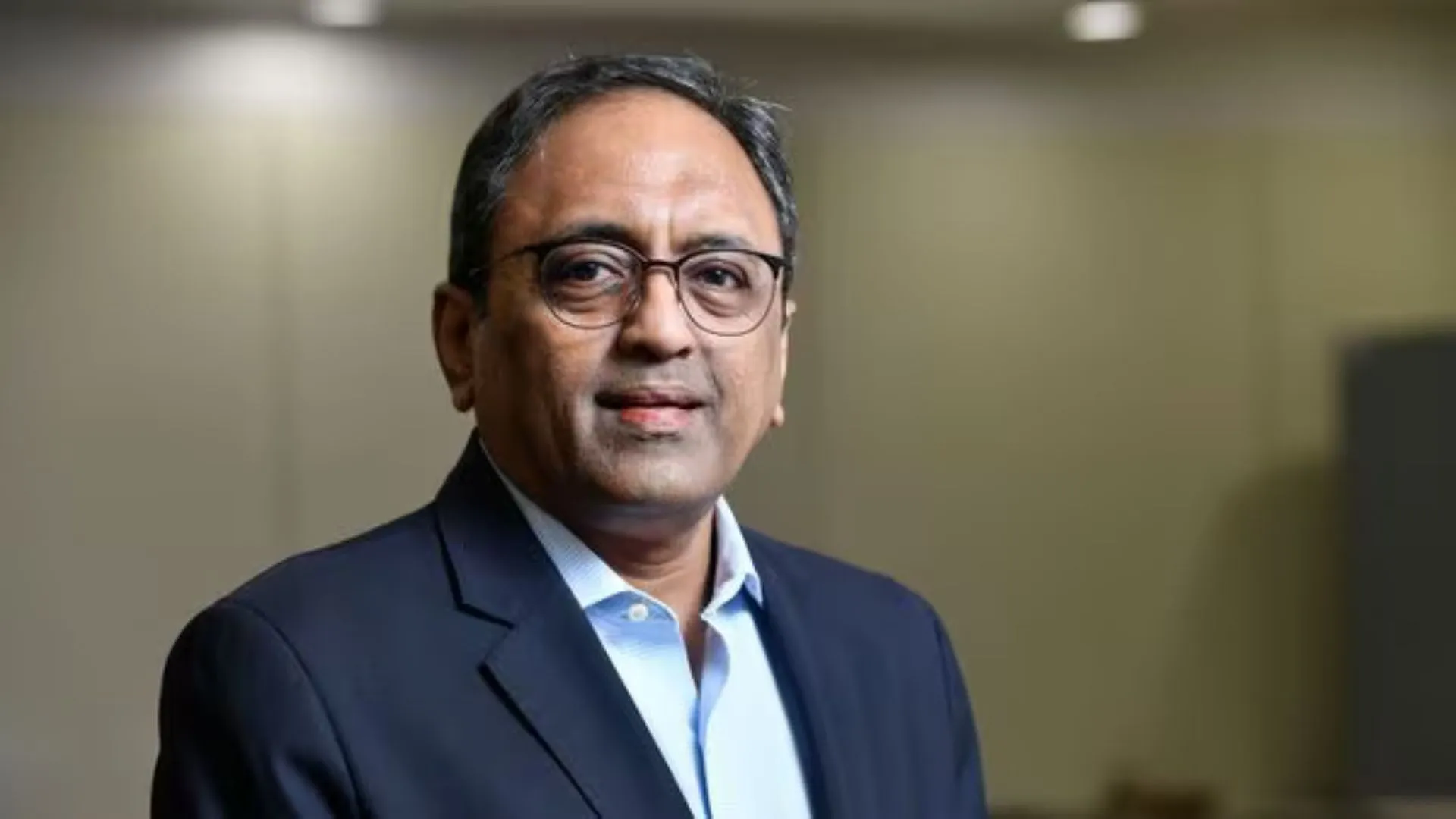NewsX was recently joined by Vivek Naidu, Founder & MD, Hotfoot Technology Solutions, for an exclusive conversation as a part of its special series, NewsX India A-list where he talked about his startup organisation, its role in the financial technology sector and the way it’s revolutionising lending in the country.
Talking about his organisation, Naidu shared, “Hotfoot is the company and RAPID is our origination to disbursement platform. It’s fundamentally focused on digitisation and automation of the entire loan cycle. Until recently, most of the decisions on the eligibility of loans was a manual process, what it meant was that an individual or a group of individuals would use their discretion within the lending organisation to grant a loan. This was a valuable process until we got to become a data-rich country and now the amount of data that’s out there, it’s not feasible for an individual to incorporate all that data within a given short span of time and also give a consistent decision. This is where we come in. Our platform is built for customers at the top of the pyramid, who have all the documentary evidence of income, and is also built for those customers who are at the bottom of the pyramid and do not have documentary proof of income. Our platform will ensure that the entire lending experience and quality of the service will be the same, irrespective of the wherein the income period, the customer or the borrower falls.”
On revolutionising the way lending is done in our country, he said, “Until recently, people used to think that customers with a lot of documents to prove their incomes are the best and the most creditworthy, the decision is mixed because you have customers who pay very well and customers who don’t. In the last couple of years, we’ve learnt that customers who don’t have the documentary proof of income, are sometimes better in terms of credit quality. Assuming that there is a large corporate which has all the documents that they need to apply for a loan at the top of the pyramid or there’s a salaried individual at the top. The other end of the spectrum you have maids, Kirana shop owners, taxi drivers who predominantly deal in cash. Off late, the digital economy has kicked in but they don’t have documentary proof of income and then you tend to think that just because they can’t prove it on paper, they can’t pay. For example, if we take the microfinance industry, the delinquencies or the rate at which these customers don’t pay is phenomenally low as compared to customers who can prove they can pay on paper. That’s the differentiation.”
Speaking about managing the aspect of security for those who don’t have papers to prove their income, Naidu said, “Aspect of security kicks in at a time when fundamentally a borrower takes a loan, you rely on the cash flow to get your loan back, the security is only a fallback. Traditionally, in the Indian ecosystem, recovering money from security is not very easy. These customers are better because they have a much more vibrant cash flow using which they can pay their loans and why the delinquency is lower. So, if you lend to the Kirana shop, he will ensure that he pays the loan and stocks up again so that his business keeps going.”
Talking about Hotfoot’s enhanced SAS version of RAPID, he said, “Technology spends are generally large in a lot of organisations. Our SAS model on RAPID is an operating model, it is an Opex model where the lender who takes the platform will have to pay only for the number of applications that they process on the platform. What this means, Firstly, there’s loan capital investment and not much of investment needs to be done upfront. Secondly, they can set up and go to the market in a couple of weeks compared to the months it usually stays. More importantly, the benefit is that a large platform like this is available to the big lenders because of the capital spent. By this model, we will make it available to the small lending organisations, which will have the same technology play and they can also up their game and compete against the biggies. As a part of the rollout, every time we improve our platform, they automatically get access to all the enhancements.”
On Hotfoot’s achievements, Naidu said, “We’ve built a platform which caters to the complex part of the credit eligibility underwriting. So, we’ve done this in the space of affordable housing, all the SME loans, vehicle loans, and microfinance. For the last two years, we’ve been judged as the best lending platform by Banking Frontiers. More importantly, we’ve survived Covid-19 and have grown this year. We’ve added customers and employees and there haven’t been any salary cuts for all the employees.”
Speaking about the vision for Hotfoot, he said, “We want to be the one-stop-shop for all the lending needs of our customers, from the origination of a loan to disbursement, and collections. We want our customers to focus on the credit risk and to bring the capital to lend and Hotfoot will take care of all other aspects of the loan.”
Talking about the various regulations in our country, Naidu said, “Regulations in our country is exhausting but with good reason as there’s a lot of public money involved. I don’t think regulation is a problem but consistency in regulation would help us. The regulatory framework, especially, those related to data change so frequently and so fast that all the investments we make, before we are able to monetise it, things change again and we have to reinvest.”
Offering some solution for the inconsistency of regulations, he said, “I think change is inevitable and some changes are good but that’s not the problem. What organisations need is time to adapt to those changes. If it’s announced in a roadmap manner, hopefully, we are not reactive. There are going to be outliers in the technology world. Compared to the rest of the world, the framework under which we work is phenomenal and we are probably a decade ahead of many of the developed countries in terms of data framework. So, the enforcement should be a little bit more phased.”
Talking about the USP of his organisation, Naidu said, “It’s our people. There’s hardly any technology player in the fintech space who understands the domain of lending as much as we do. We have created a wonderful marriage with an outstanding application of technology and have an intricate understanding of the loan process, which makes us unique and successful.”
Commenting on the growth of Hotfoot, he said, “We’ve done better than our expectations. As a startup, it takes around two to three years to really figure out whether you can survive. I think we’ve survived, grown at a CAGR of 115% every year. We’ve been on target to break even and I think 2021-22 will be the year we achieve escape velocity, which means with the SAS piece coming in, we’ll scale the business enormously.”




















